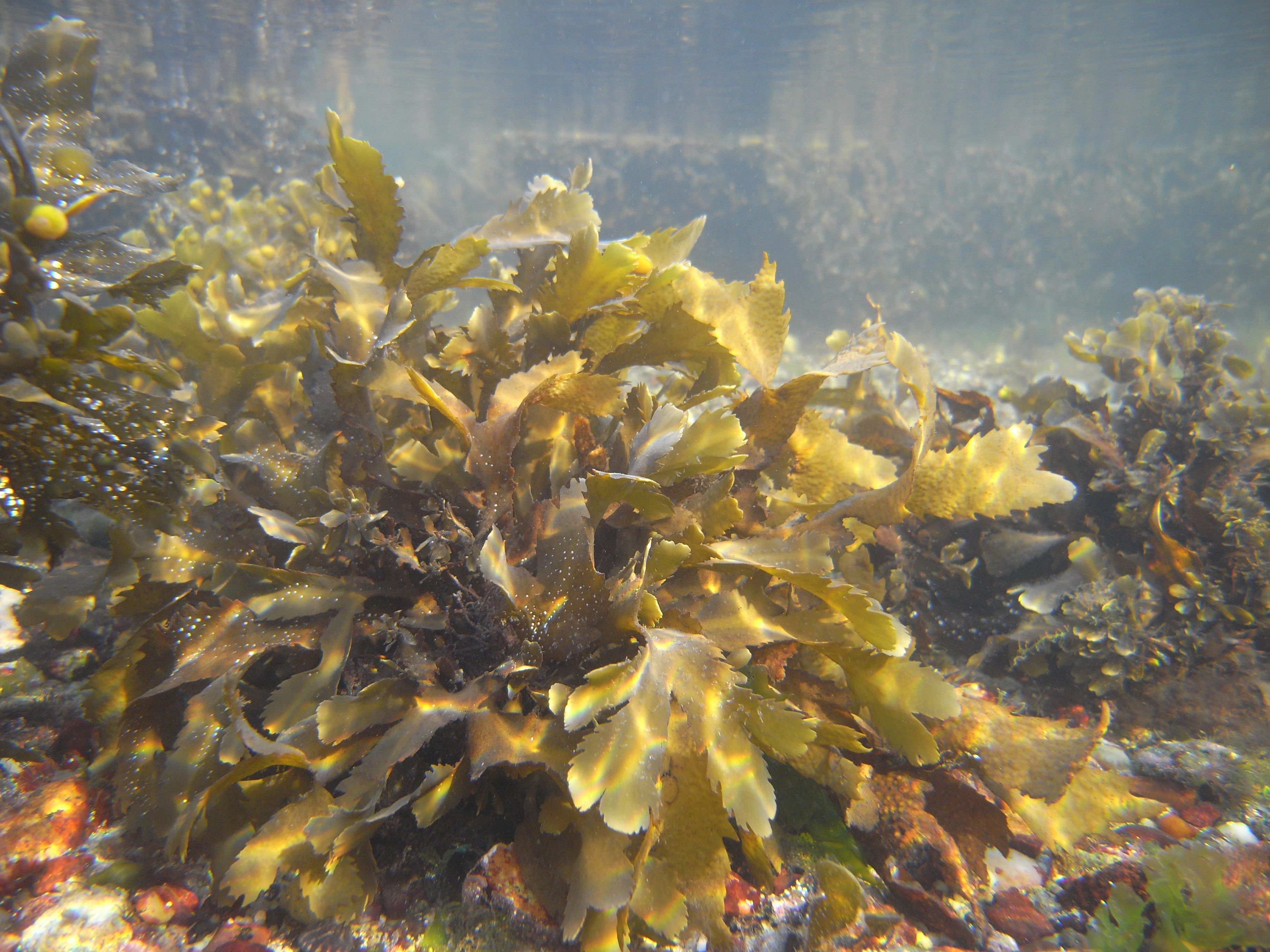India has potential to produce 9.7 million tonnes of seaweed: ICAR-CMFRI

- Country:
- India
India has the potential to produce around 9.7 million tonnes of seaweed per year, as against the paltry 34,000 tonnes it produced last year, according to the Central Marine Fisheries Research Institute (CMFRI) which has identified 342 potential sites in the country for cultivating marine plants and algae.
CMFRI, which is affiliated with the Indian Council of Agricultural Research (ICAR), has laid emphasis on upscaling seaweed farming in India as it has the potential of being a major contributor to the global seaweed production which is worth billions of dollars, the institute said in a release.
Dr. A Gopalakrishnan, Director of ICAR-CMFRI, said global production of seaweed -- which comprises various marine plant species and algae -- in 2022 was 35 million tonnes so far which was worth around USD 16.5 billion, according to the release.
He was speaking at a National Campaign on 'Non-conventional Aquaculture Systems' organized by the CMFRI here as part of the 'Azadi Ka Amrit Mahotsav' on Wednesday, it said.
At the event, Dr Gopalakrishnan pointed out that the government has earmarked Rs 640 crore exclusively under the Pradhan Mantri Matsya Sampada Yojana (PMMSY) to promote seaweed culture with a targeted production of more than 11.2 lakh tonnes by 2025, the release said.
''The CMFRI has successfully standardized the practice of Integrated Multi-trophic Aquaculture (IMTA) which enables cage farming or bivalve farming along with seaweed farming in coastal waters,'' he is quoted as having said at the event.
He was also of the view that this technology would help popularise and boost seaweed farming across the coastal states, the release said.
The meet also highlighted the importance of bivalve farming, another non-conventional aquaculture practice, it said.
According to the CMFRI estimates, India's bivalve production in 2021 was 98,000 tonnes.
''CMFRI's recent success includes commercial production of seeds of green and brown mussels and clutchless spat production of edible oysters with a high survival rate at Vizhinjam. More than 6,000 women's self-help groups are engaging with bivalve farming under the guidance of the CMFRI,'' the release said.
(This story has not been edited by Devdiscourse staff and is auto-generated from a syndicated feed.)










